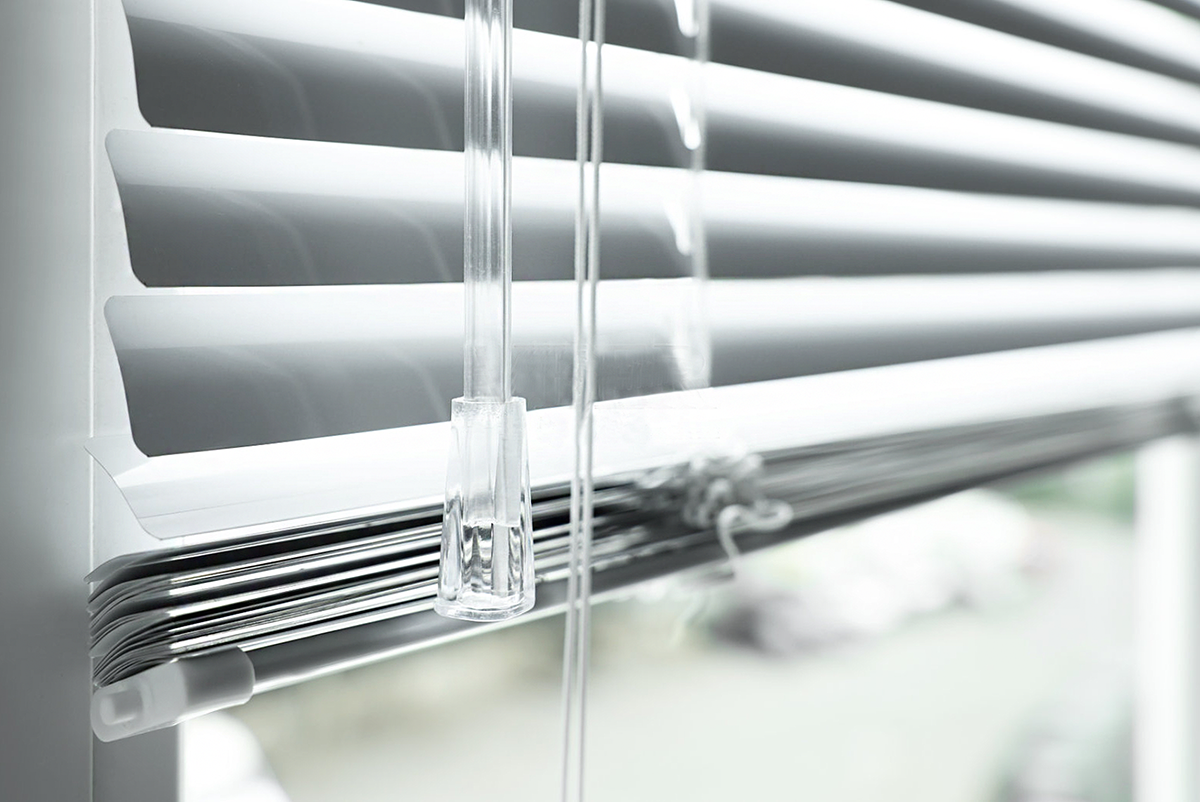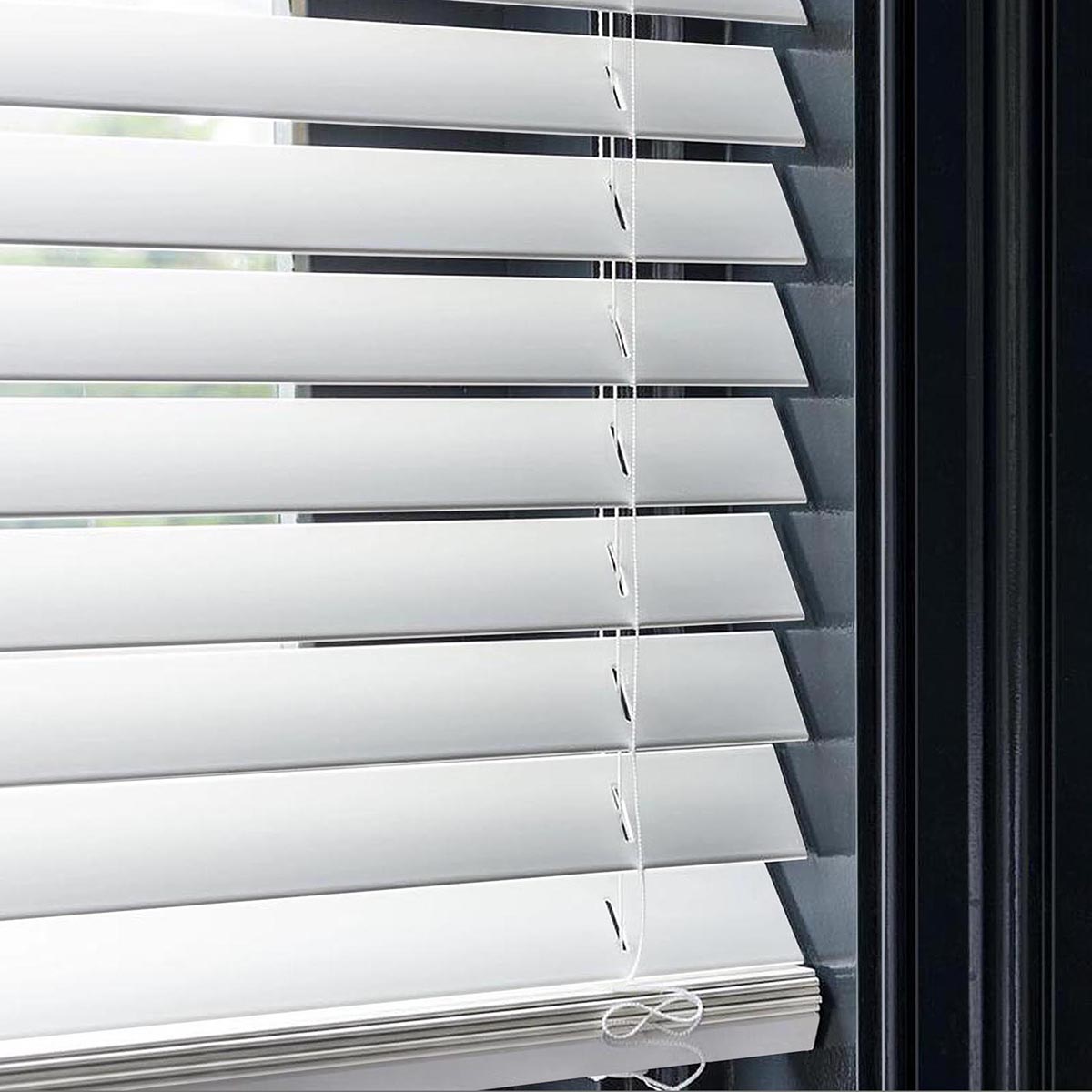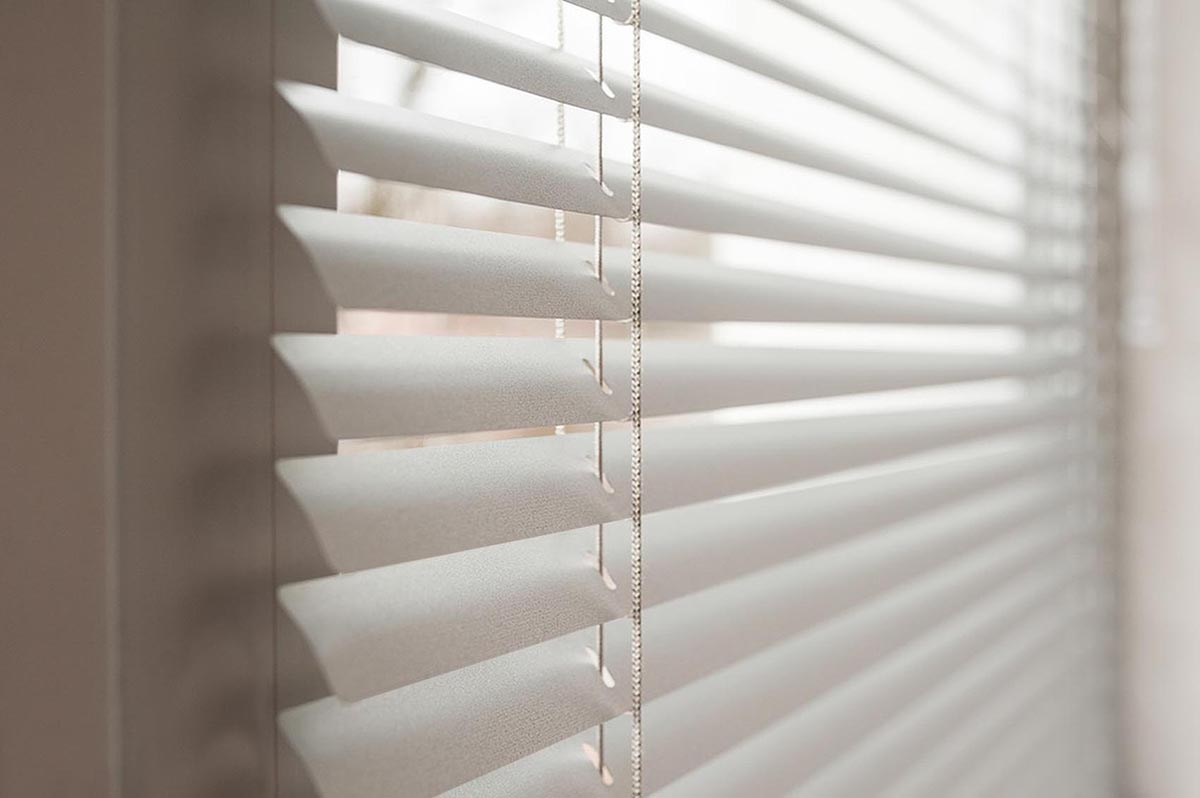Window blinds stand as a cornerstone of modern interior design, merging precise light modulation, privacy control, thermal insulation, and acoustic dampening with versatile stylistic appeal. Defined by their adjustable horizontal or vertical slats (referred to as vanes or louvers), blinds offer unparalleled customization, adapting to diverse architectural layouts and functional needs. Below is a comprehensive breakdown of the two primary blind categories, their core characteristics, and material-specific applications.
Horizontal Blinds
Horizontal blinds are the most ubiquitous window covering solution, distinguished by slats oriented parallel to the window sill. Their operation relies on two integrated systems: a tilt mechanism (controlled via a wand or cord loop) that adjusts slat angle (from 0 fully closed to 180 fully open) for granular light control, and a lift system (manual cord, motorized, or cordless) that raises or lowers the entire blind stack to expose the window. Slat widths typically range from 16mm to 89mm, with broader slats creating a more contemporary silhouette and narrower slats offering finer light diffusion.
Material Classifications & Performance
▼ Aluminum blinds / Vinyl blinds
Crafted from lightweight yet rigid 0.5–1mm aluminum sheets (often powder-coated for scratch resistance) or extruded vinyl, these blinds excel in high-moisture, high-traffic environments. Aluminum variants boast inherent rust resistance and thermal stability, while vinyl models add UV degradation resistance—preventing fading even with prolonged sun exposure. Both materials are non-porous, making them impervious to mold and mildew, and require only a damp cloth for cleaning. These attributes make them the gold standard for kitchens (where grease and steam accumulate) and bathrooms (where humidity levels often exceed 60%).
▼ Faux Wood blinds
Composed of high-density polymer composites (often reinforced with wood fibers for texture), faux wood blinds replicate the grain and warmth of natural wood while eliminating its vulnerabilities. Engineered to resist warping, swelling, or cracking under temperature fluctuations (from 0°C to 40°C) and high humidity, they are ideal for spaces like laundry rooms, sunrooms, and bathrooms where real wood would deteriorate. Many faux wood blinds also feature a scratch-resistant topcoat, enhancing durability in homes with pets or children.
▼ Real Wood blinds
Sourced from hardwoods like oak, maple, or ash (or softwoods like pine for a more rustic look), real wood blinds deliver a luxurious, organic aesthetic that elevates formal spaces. The natural porosity of wood provides mild acoustic insulation, softening external noise—a benefit for bedrooms or home offices. To preserve their integrity, real wood blinds are treated with water-based sealants or matte varnishes, but they remain unsuitable for humid areas (as moisture causes delamination). Their weight (typically 2–3x that of aluminum blinds) makes motorized lift systems a practical addition for larger windows. They thrive in dry, climate-controlled spaces such as living rooms, master bedrooms, and home libraries.
Vertical Blinds
Vertical blinds are engineered for expansive openings—including sliding glass doors, patio doors, and floor-to-ceiling windows—where horizontal blinds would be cumbersome to operate or visually disproportionate. Their defining feature is vertical vanes (25mm to 127mm wide) suspended from a ceiling- or wall-mounted traversing track system, which allows the vanes to glide left or right for full window access. A secondary tilt wand adjusts vane angle, balancing light intake and privacy without obstructing door operation.
Material Classifications & Performance
▼ Fabric
Fabric vertical blinds offer a softer, more diffused light effect than hard materials, making them suitable for spaces where harsh glare is undesirable (e.g., home theaters, dining rooms). Common textiles include polyester (stain-resistant, wrinkle-free) and linen blends (textured, natural light diffusion). Many fabric vanes are treated with antimicrobial coatings for bedrooms or playrooms, and some feature blackout linings for shift workers or media rooms.
▼ Vinyl/PVC
Vinyl and PVC vertical blinds are prized for their ruggedness and low maintenance. Extruded PVC vanes resist scratches, stains, and impact—ideal for high-traffic areas like entryways, mudrooms, or commercial spaces (e.g., offices, waiting rooms). They are also water-resistant, making them suitable for enclosed porches or near pools. Unlike fabric, vinyl cleans easily with soap and water, and its colorfast properties prevent fading from direct sunlight.
▼ Faux Wood
Faux wood vertical blinds combine the aesthetic appeal of natural wood with the structural stability needed for large openings. Constructed from the same polymer composites as their horizontal counterparts, they resist warping under heavy use and maintain their shape even when fully extended (up to 3 meters wide). Their substantial weight (compared to vinyl or fabric) reduces swaying from drafts, making them a popular choice for tall windows in living rooms or home offices. They also pair seamlessly with hardwood flooring or wooden furniture, creating a cohesive design scheme.
Whether prioritizing durability, aesthetics, or environmental adaptability, understanding the nuances of blind types and materials ensures a selection that aligns with both functional needs and design vision.
Post time: Nov-05-2025



